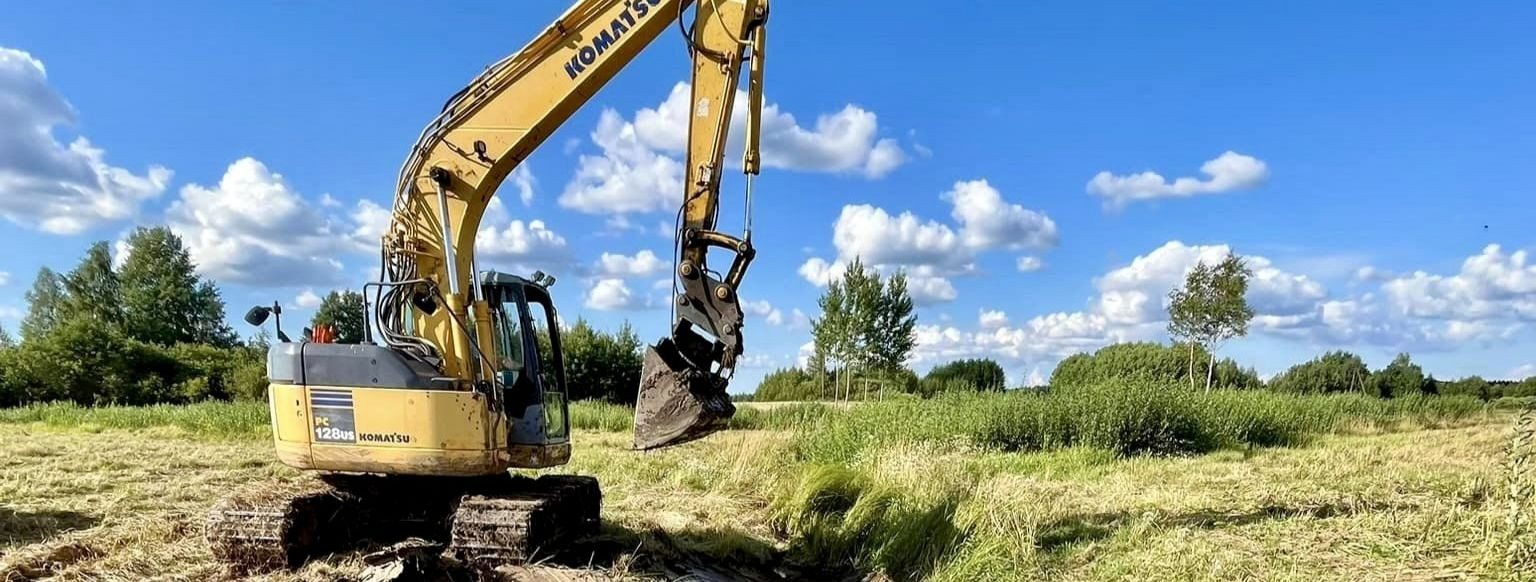How landscape planning can transform your property
Landscape planning is a strategic approach to designing and organizing outdoor spaces to achieve both functional and aesthetic goals. It involves a comprehensive analysis of the land, understanding the needs and desires of the property owner, and creating a plan that harmonizes with the natural environment. For property owners in Southern Estonia, landscape planning is not just about beautifying the land; it's about creating sustainable, efficient, and valuable spaces.
Benefits of Landscape Planning
A well-planned landscape can significantly enhance the visual appeal of a property. By carefully selecting plants, designing pathways, and incorporating features like water elements or sculptures, landscape planning can transform a mundane space into a picturesque environment that reflects the owner's personality and style.
Investing in landscape planning can lead to a substantial increase in property value. A thoughtfully designed landscape not only attracts potential buyers but also provides a competitive edge in the real estate market. Properties with well-maintained landscapes are often perceived as more desirable and valuable.
Landscape planning plays a crucial role in promoting environmental sustainability. By incorporating native plants, efficient irrigation systems, and sustainable materials, landscape planning can reduce water usage, support local wildlife, and minimize the environmental footprint of a property.
Key Elements of Effective Landscape Planning
Site analysis is the first step in landscape planning. It involves assessing the existing conditions of the property, including soil quality, topography, climate, and existing vegetation. This information is crucial for making informed decisions about design and plant selection.
The design and layout phase involves creating a blueprint for the landscape. This includes determining the placement of plants, pathways, and other features. The goal is to create a cohesive and functional design that meets the needs of the property owner while respecting the natural environment.
Choosing the right plants is essential for a successful landscape. Factors such as climate, soil type, and maintenance requirements must be considered. Proper placement ensures that plants thrive and contribute to the overall aesthetic and ecological balance of the landscape.
Effective water management is a critical component of landscape planning. This involves designing irrigation systems that conserve water and prevent runoff, as well as incorporating features like rain gardens or permeable pavements to manage stormwater.
Landscape Planning for Different Types of Properties
For residential properties, landscape planning focuses on creating a personal oasis that enhances the homeowner's lifestyle. This may include designing gardens, outdoor living spaces, and recreational areas that provide comfort and enjoyment.
In agricultural settings, landscape planning aims to optimize land use for productivity and sustainability. This includes designing efficient layouts for crops, implementing soil conservation techniques, and integrating agroforestry practices.
For commercial and industrial properties, landscape planning can improve functionality and aesthetics. This involves creating attractive entrances, designing parking areas with green spaces, and ensuring that the landscape supports the business's operational needs.
The Role of Professional Services in Landscape Planning
Professional landscape planners bring a wealth of expertise and experience to the table. They understand the complexities of land management and can provide valuable insights and solutions tailored to the specific needs of the property.
Professional services often have access to advanced machinery that can streamline the landscape planning process. This includes equipment for land clearing, grading, and planting, which can enhance efficiency and precision.
Professional landscape planners are committed to sustainable practices. They prioritize eco-friendly solutions, such as using organic fertilizers, implementing water-saving technologies, and promoting biodiversity through native plantings.






Comments (0)